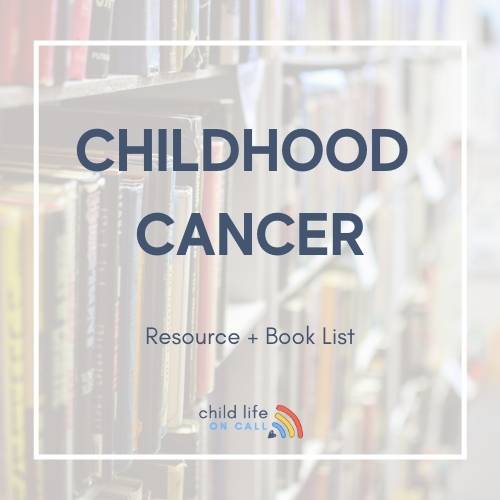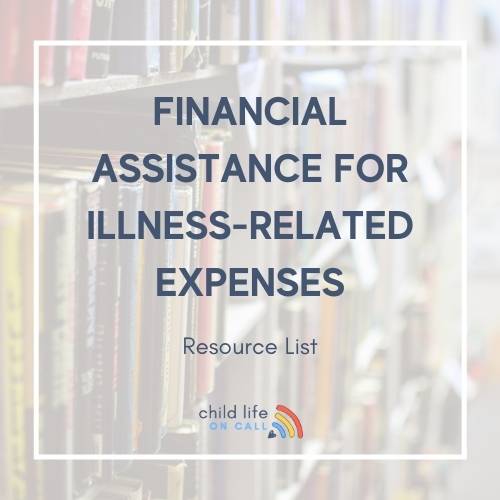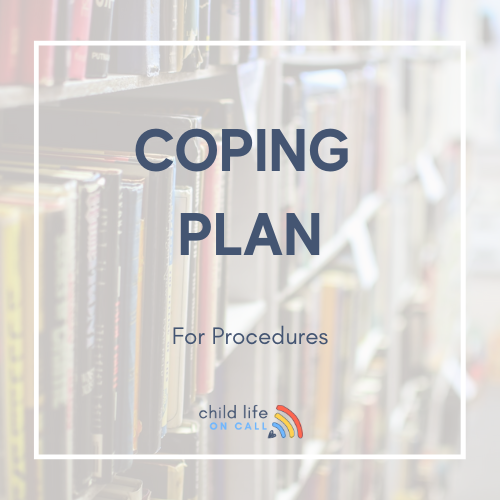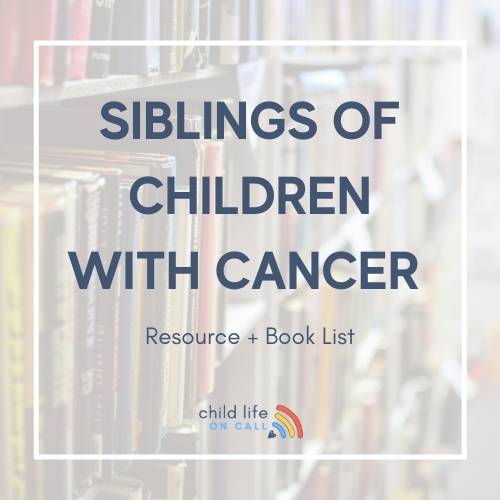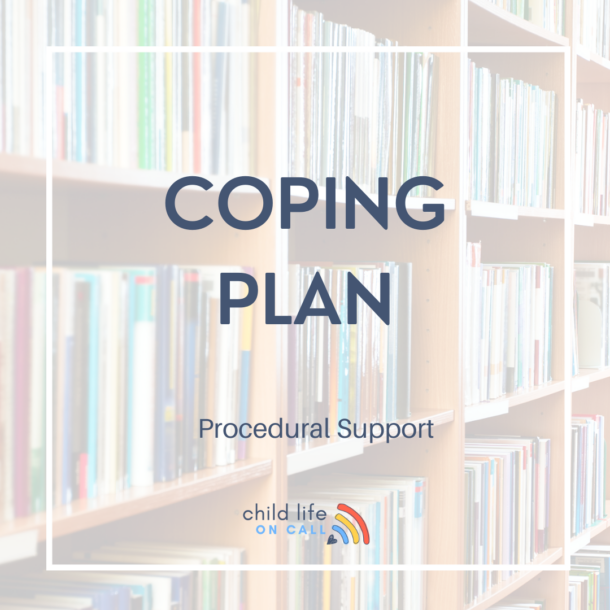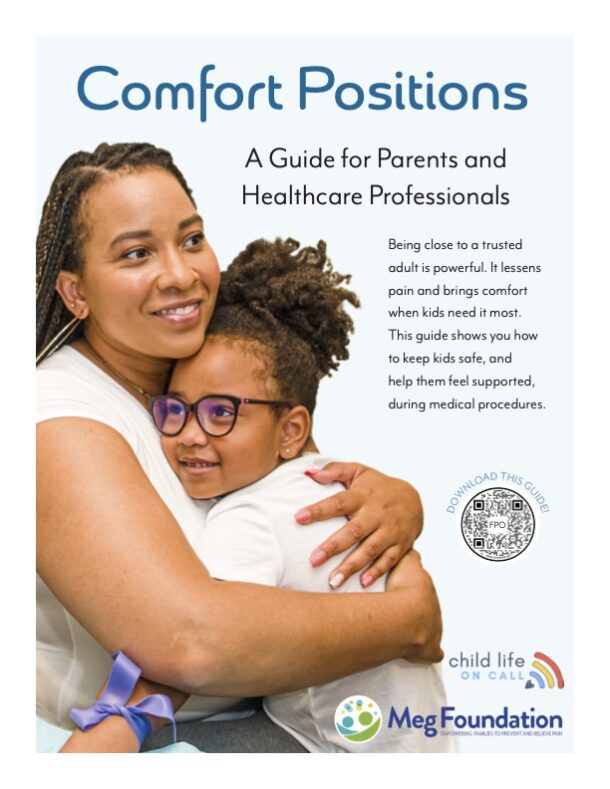As parents, our go-to strategy for helping our children through difficult times is to protect them. Protect them from pain, trauma, fear, bullies, stress and the list goes on. It’s a natural strategy and instinct – we are the adults in their life and we brought them into the world – it’s our job.
Here’s a printable on the topic: Tips for Navigating Difficult conversations
It’s also our job to slowly, compassionately and collaboratively introduce them to things that may feel “too big” or “too hard” or “too much.” I’ll be honest with you, this strategy takes practice because it can feel less natural. My strong instincts to protect and shield have to be balanced with other instincts to help them cope and know they aren’t alone when things are confusing, painful or difficult.
One of the challenges that comes up for me is that many times it feels easier to just keep kids out of complex and painful topics altogether. Leave it up to the adults and keep kids out of it. However, while in the short-term this may be an easier tactic, it often makes things more difficult in the long term.
This is especially important when something is happening to your child. They need and deserve to have their age-appropriate understanding of what is happening with their own body.
When it comes to your child’s health, the stakes are always high and it’s normal to feel exhausted by the difficult and never-ending decisions you have to make. Child life specialists have developed strategies to help children understanding complex health topics, and today we’re sharing those with you.
When children ask questions you don’t know how to answer, pose the question to them instead. This gives you the opportunity to identify their level of understanding and identify misconceptions they may have. You can get to the bottom of what they are actually thinking without assuming you already know.
Here’s an example:
Just this morning, my almost four-year-old asked me “what happens when we die?” I repeated the question back to her, “what do you think happens when we die?” She said, “I think it means you’re dead.” And I said, “yes, that’s what I think it means, too.” She started to get a little tearful, asked for her blanket and I hugged her tight for a few moments. After a few intense seconds of wanting to protect her from the fear of a concept like and tell her “don’t worry, you won’t die any time soon! And neither will mommy,” we let the moments pass by holding each other. Eventually, the emotional moment passed and we were soon giggling and back to playing legos.
Make one-on-one time a priority without distractions, and ask questions to prompt an open conversation. This a bonding and trust-building opportunity for connection.
Here’s an example:
Child life specialists often use this tactic to prepare kids and families for upcoming medical experiences. We set aside a specific time, ideally without distractions, to provide a developmentally appropriate preparation. Sometimes we use play to facilitate the discussion, sometimes we use pictures and equipment, but regardless of what our goal is, we start with asking questions to get an assessment about their current understanding.
State what you’ve observed about a similar experience before. Child life specialists often say, “other kids have told me that…” We use this strategy to let them know that others have gone through it before, to give them opportunities to consider coping tools that work for others and to normalize what they may feel.
Here’s an example:
When I’m preparing a child for an upcoming needle poke, I pull from past experiences with other children I’ve observed and supported. “Other kids tell me that the tourniquet feels like a tight rubber band around their arm and it squeezes a bit. Will you tell me what you think it feels like?” or “Other kids say that counting to three before the poke helps them know when it will happen. Is that something you’d like to try?”
You may find yourself using all three of these strategies when explaining a complex topic to your child, or maybe just a few of them. Child life specialists can help you find the words to meet your child’s unique needs. We offer 30-minute virtual sessions to help support your family through a variety of medical experiences, and working with you to develop strategies to help them understand what’s happening to them can help empower you to talk with your child.
To make an appointment, you can schedule here. For more information about this and similar topics, you can listen to our podcast or sign up for our newsletter.

